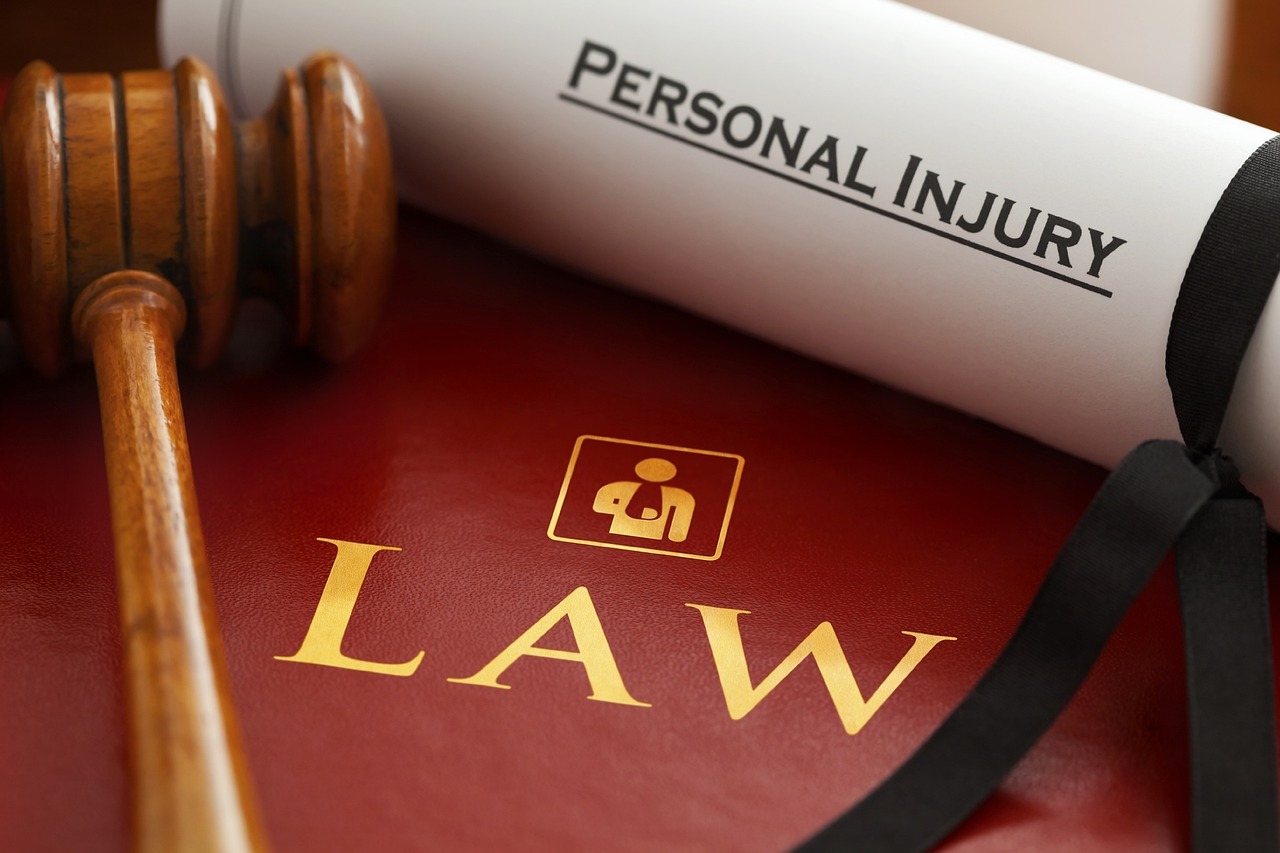If you have been injured in an accident, the United States law gives you the right to file for compensation. You can file for many accidents, including car accidents and falling outside your neighbor’s home. Compensation available can be for medical bills, among other damages that may have been incurred through your claim. When filing a personal injury claim, you may wonder what the process will look like. This article describes the general proceedings of a personal injury claim and what you should expect.
Step 1: Starting Your Claim
The first step in the claim is identifying the responsible party for your damage. Then, you must gather as much evidence as possible to prove the damages’ existence and how they happened.
Consider hiring a personal injury attorney to review available evidence and decide whether you have a claim. Also, they can discuss the steps to achieve the best results and formally draft and file a complaint for you.
Step 2: Filing
For the claim to officially begin, you must file a formal document that outlines your lawsuit details – also called the complaint. The document must indicate the defendant’s name, the injury, and why the defendant’s name is linked to it. Also, it should include a breakdown of the damages the plaintiff claims with supporting documents to validate them.
Immediately after the complaint is filed, the defendant will be formally served and given the chance to respond. Depending on the situation, the defendant’s response can include accepting responsibility, denying liability, or demanding a trial.
Step 3: Negotiations
The first mediation avenue in personal injury claims is settlement negotiation, where both parties meet and agree to civil negotiation. There will be some back and forth between the defendant and the plaintiff as they try to find an agreeable resolution.
Step 4: Discovery and Litigation
The next step is the discovery and litigation process, where both parties will share evidence, including statements and documentation intended for use. This step is crucial as it helps to level the playing field, eliminating unwelcome and unfair surprises during the trial. Furthermore, this discovery process can take time – as long as several weeks, months, or more, depending on the claim’s complexity.
Typically, both parties’ attorneys will review the materials and use them to build the case for trial. During litigation, parties depose the key players – the defendant and the plaintiff – and necessary witnesses. If the case makes it to trial, the proceedings will start with a formal review of the sworn statements.
During this stage, each party in the case will testify to the recorded testimony’s accuracy, truthfulness, and completeness. The litigation process’ length will depend on the case and other complexities.
Step 5: Compensation
In the final stage, the judge or jury will evaluate the testimony and evidence around the case. Then, they can decide who is liable for the damages and award compensation. It is not often that juries award plaintiffs a settlement; sometimes, they do not because they are not convinced there should be compensation.
Conclusion
“The compensation you can win after litigation depends on the weight of the evidence you supply and your argument’s strength,” says attorney Frank Tomeny of Tomeny Best Injury Lawyers. You need the help of a personal injury attorney who can guide you at every step, working to get you your deserved compensation.
